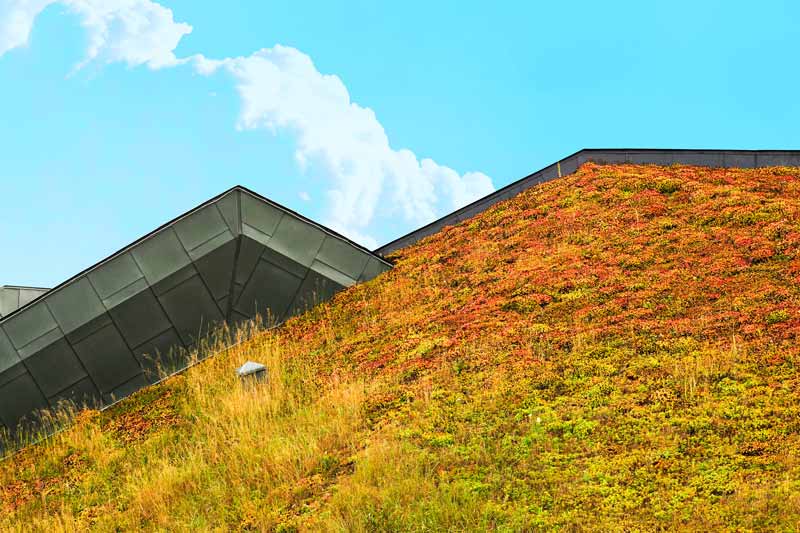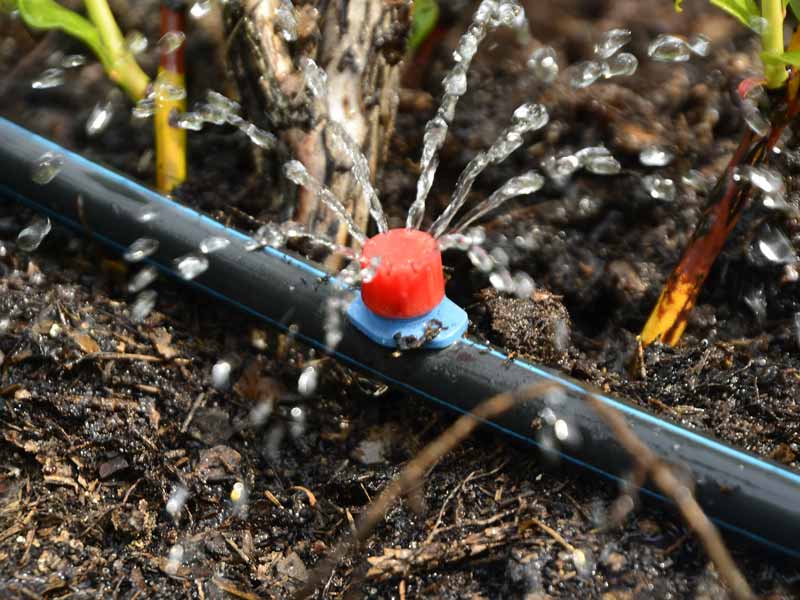Water is one of the UK’s most precious resources and as our weather patterns change, so must the way we manage water usage. Summer irrigation of green roofs is one case in point.
Living roofs provide a myriad of benefits for people and for wildlife. Habitat, a source of food for many creatures, a reduction in the Urban Heat Island Effect, cooling of buildings, and of course recreational spaces for local communities. But is it morally right to be irrigating green roofs during a dry summer? And if not, how can we ensure that life on a green roof will thrive during a heatwave without the addition or extra water?
- Green roofs designed and installed according to the GRO Green Roof Code should be reasonably resilient to extreme weather conditions such as prolonged drought.
- It is advisable to install an irrigation system but it should be used judiciously beyond the plant establishment phase.
- Once established, the plants on a living roof don’t necessarily need to be green all year round.
- Keep irrigation equipment in tip top condition. Check regularly for leaks and fix them immediately.
- If irrigation is necessary, watering the roof at night will minimise water loss due to evaporation.
- It is better to give the roof a thorough soaking once a week than a light sprinkling once a day.
- Choose plants species wisely and be prepared to review and adapt those choices on a regular basis.
- Avoid using any kind of fertiliser on a living roof. Over nourished plants are more likely to suffer in drought conditions.
Do Green Roofs Need To Look Green?
Irrigating a living roof is primarily to keep plants looking green and healthy. But are we being too ambitious in expecting every plant to be green 365 days a year?
Most minimally managed green spaces are a lovely honey colour in July and August. There may be a few green patches in shady spots and where drought resilient plant species predominate, but for the most part nature adapts to dry conditions by sending plants into a temporarily dormant state. When the rain comes, the plants will revive. So is there any harm in allowing living roofs to act naturally?
Perhaps there is a fear that any other colour but green indicates that plants are in peril or that the roof is failing. Certainly in some cases, drought will mean death for green roof plants. But careful design and sensible plant choices will considerably reduce the risk.

Some of the sedum plants on this living roof have taken on a red colouration. This is normal in times when plants are stressed by heat or drought and doesn’t mean that the irrigation needs to be switched on. It is only sedum leaves lose their turgidity and look like deflated balloons that the plants need watering.
Without Green Plants Does A Living Roof Offer The Same Benefits?
In an ideal climate, a green roof really will be green all year round. However, we have to work with the climate we have now whilst mitigating for changing weather patterns in the future.
Some of the benefits of green roofs are partially, but not entirely, dependant on plant coverage. Evapotranspiration by plants helps to cool the air around a living roof. And of course many insect feed upon the vegetation. But the thermal mass of a living roof also helps to protect a building from high temperatures. As well as creating thermal mass, regardless of the condition of the planting, a good depth of green roof substrate will also help to retain water and reduce runoff when the heavens finally open.
The features of a living roof which help to sustain life and provide the plants with what they need to stay green for as long as possible in summer time, are the same features that supply thermal mass and rainwater amelioration services. So a green roof designed to optimise those benefits will also optimise plant sustainability.
You’ll find plenty of green roof design advice in the GRO Green Roof Code which can be downloaded free of charge from the GRO website.
Does The Planting Palette Influence The Need For Irrigation?
Choosing the planting palette for a living roof is key to optimising both biodiversity and drought tolerance. Sedums are a popular choice of green roof plant, simply because they are incredibly resistant to dry conditions. However, research has shown that biodiversity peaks on living roofs with a wide selection of plant species.
It’s important to note that any plant palette will need adequate watering during the establishment phase. You may decide to sow seeds, transplant plug plants or install vegetation matting. Regardless of the methodology, those young plants will need nurturing until their roots are well and truly bedded in to the substrate layer.
If you wish to minimise irrigation at this stage, aim to do your planting in autumn when the weather is naturally wetter.
In our blog “What Can You Grow On A Green Roof” you’ll find a broad selection of suitable candidates for living roof planting schemes along with some of the things to look out for when deciding what to plant.
In short, when deciding on a plant palette, consider the growing conditions you will be able to provide on your green roof and choose plants that are naturally adapted to that climate.

A drip irrigation system is more efficient than sprinklers because the more of the water soaks into the substrate before it can be lost to evaporation. (This image is from a horticultural application and shows compost rather than green roof substrate.)
Recycling Water For Green Roof Irrigation
Sensible investment at the design and installation stages of a living roof could potentially facilitate the collection and storage of rainwater to be used for irrigation during dry spells. Implementing a blue-green roof system makes perfect sense.
This option is particularly relevant to biosolar green roofs. Where green plants are actively transpiring, the surrounding air is cooler and therefore more conducive to the efficient functioning of PV panels.
In Conclusion
Once the plants on a well designed living green roof are established, irrigation should be ‘for emergencies only’, where there is a real fear for the sustainability of the plant population. We, as humans need to understand that seasonal variations will change the aesthetic of a green roof and that ‘green’ can also mean, honey-coloured, multicoloured, or, in the case of sedum roofs, cherry red.
It’s important than when irrigation is applied, it is done so with a great deal of consideration for the needs of other water users in the area. Waste should always be avoided. Should a buildings’ manager find that irrigation is needed frequently, it’s probably time to re-evaluate the plant palette. Or even, if possible, modify the design of the green roof.
